El Capitan powers up, becomes fastest supercomputer in the world
Earth’s newest supercomputer is fast, efficient, and its use cases are rather different


There’s a new name on the Top500 list of supercomputers. El Capitan, housed at the Lawrence Livermore National Laboratory (LLNL) in California, has finally been brought online and immediately became the fastest supercomputer in the world with a High-Performance Linpack (HPL) score of 1.742 exaflops.
El Capitan, which features technology from HPE and AMD, including Cray Slingshot 11 network for data transfer and AMD Instinct MI300A APUs, is somewhat different from many of the other supercomputers on the Top500 list. While many are used for applications such as climate research, biomedical engineering or material science, El Capitan will be used for nuclear weapon science.
Nuclear testing without the fallout
Although El Capitan is housed at LLNL, it’s a resource shared by all three parts of US National Nuclear Security Administration (NNSA), which constitutes Sandia National Laboratories and Los Alamos, as well as LLNL.
Almost 80 years after the Trinity nuclear test at Los Alamos, which saw the first detonation of a nuclear bomb, El Capitan coming online means – in theory at least – further physical nuclear tests won’t be necessary.
According to Jill Hruby, Department of Energy (DOE) under secretary for nuclear security and NNSA administrator: “El Capitan’s introduction continues the capability advancement needed to sustain our stockpile without returning to explosive nuclear testing. This computational capability … is the heart of science-based stockpile stewardship.”
El Capitan is, LLNL says, the culmination of decades of work to enable the modeling of weapons performance and safety in a virtual environment. This includes ten years spent developing code optimized to work on exascale infrastructure, even before such a thing existed.
While nuclear testing and stockpile management may be the primary purpose of El Capitan, it’s not all virtual mushroom clouds. According to LLNL: “It also will be used to model advanced high-energy-density physics experiments, such as inertial confinement fusion … and detailed understanding of material behavior under extreme conditions.”
Get the ITPro daily newsletter
Sign up today and you will receive a free copy of our Future Focus 2025 report - the leading guidance on AI, cybersecurity and other IT challenges as per 700+ senior executives
It will achieve this using tools such as the creation of digital twins and AI assistants trained on classified data.
Cool running
El Capitan has not only taken first place on the Top500 the moment it was turned on but also made the Green500 list of energy-efficient supercomputers, albeit in 18th place.
Top500 described this achievement as “quite impressive” in view of its top-scoring HPL benchmark of 1.742 EFlop/sec.
This is enabled largely by the energy efficiency of the HPE infrastructure used. The company has made a name for itself in fanless, direct liquid cooling – one of the most efficient ways of removing heat from a data center – with its Cray Supercomputing EX systems.
RELATED WHITEPAPER

El Capitan runs on one of these direct liquid-cooled systems, HPE Cray EX255a. It also features 11,039,616 cores based on AMD 4th generation EPYC processors with 24 cores, AMD Instinct MI300A accelerators – which are also highly energy efficient – and uses the Cray Slingshot 11 network for data transfer.
This is the third exascale computer that HPE has rolled out in partnership with the DOE, the other two being Frontier and Aurora, and the second it has created in partnership with AMD.

Jane McCallion is Managing Editor of ITPro and ChannelPro, specializing in data centers, enterprise IT infrastructure, and cybersecurity. Before becoming Managing Editor, she held the role of Deputy Editor and, prior to that, Features Editor, managing a pool of freelance and internal writers, while continuing to specialize in enterprise IT infrastructure, and business strategy.
Prior to joining ITPro, Jane was a freelance business journalist writing as both Jane McCallion and Jane Bordenave for titles such as European CEO, World Finance, and Business Excellence Magazine.
-
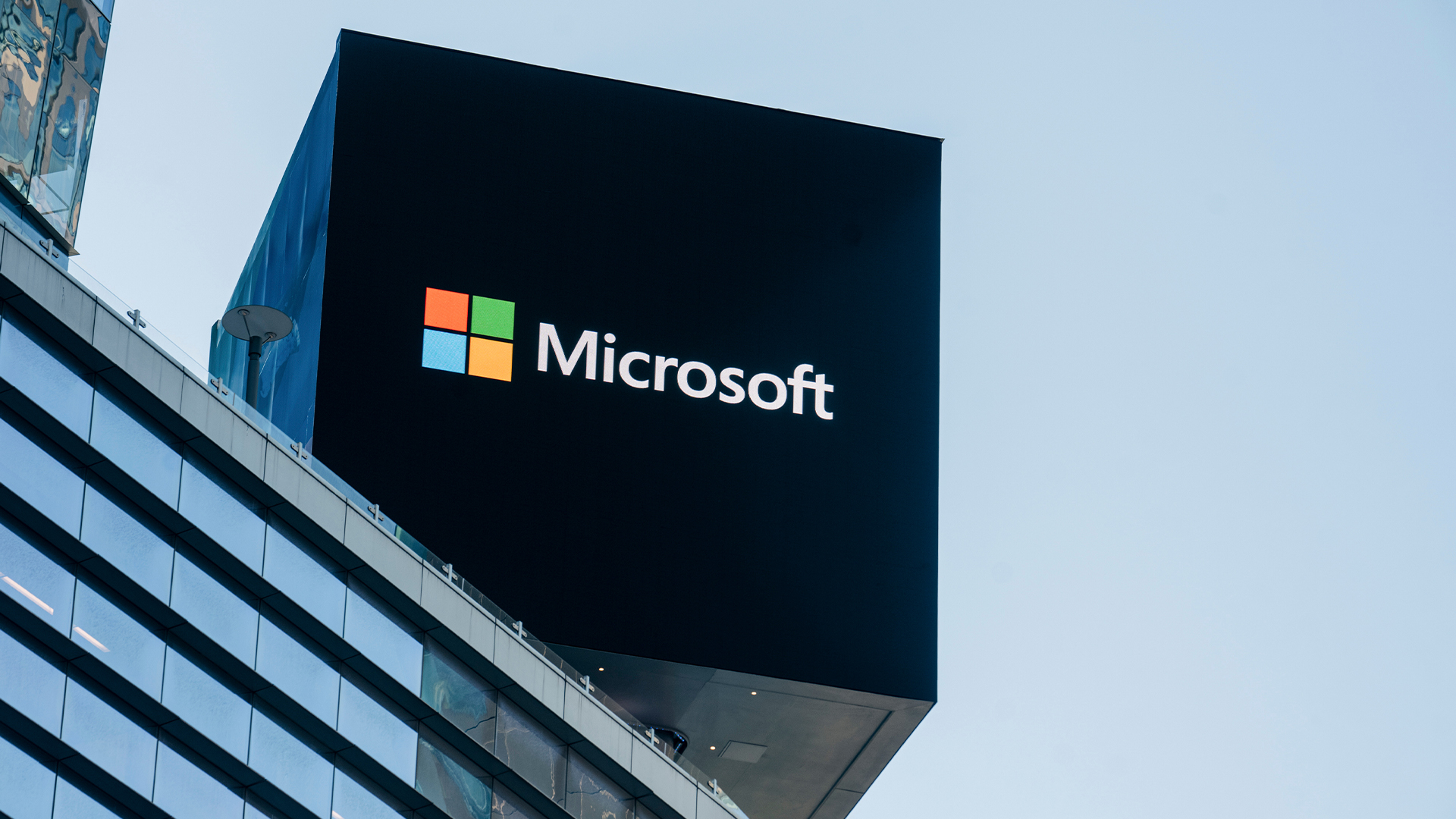 Microsoft just hit a major milestone in its ‘zero waste’ strategy
Microsoft just hit a major milestone in its ‘zero waste’ strategyNews Microsoft says it's outstripping its zero waste targets, recording a 90.9% reuse and recycling rate for servers and components in 2024.
By Emma Woollacott
-
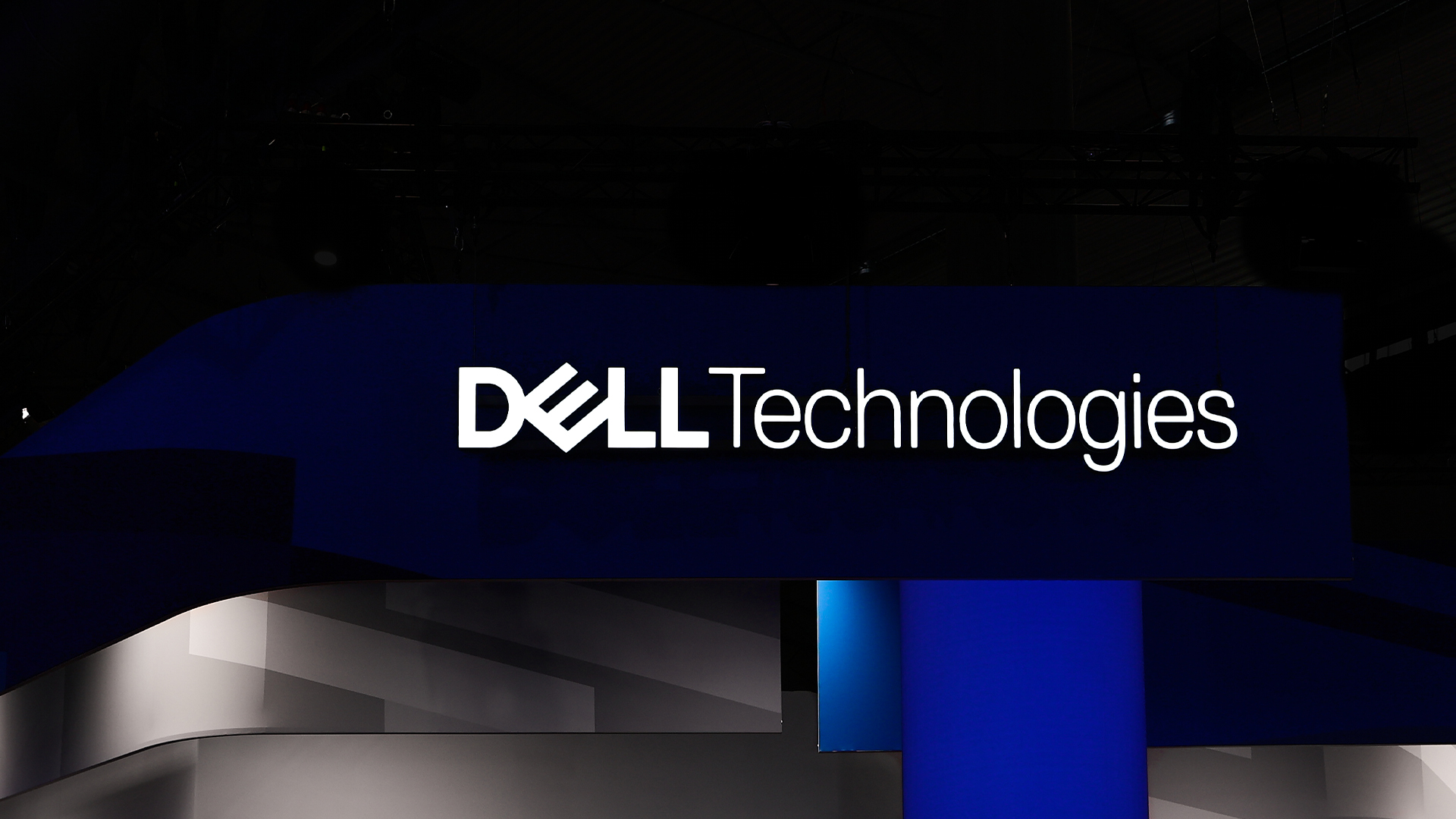 Dell names Lisa Ergun as new Client Solutions Group channel lead for the UK
Dell names Lisa Ergun as new Client Solutions Group channel lead for the UKNews Dell Technologies has announced the appointment of Lisa Ergun as its new Client Solutions Group (CSG) channel lead for the UK.
By Daniel Todd
-
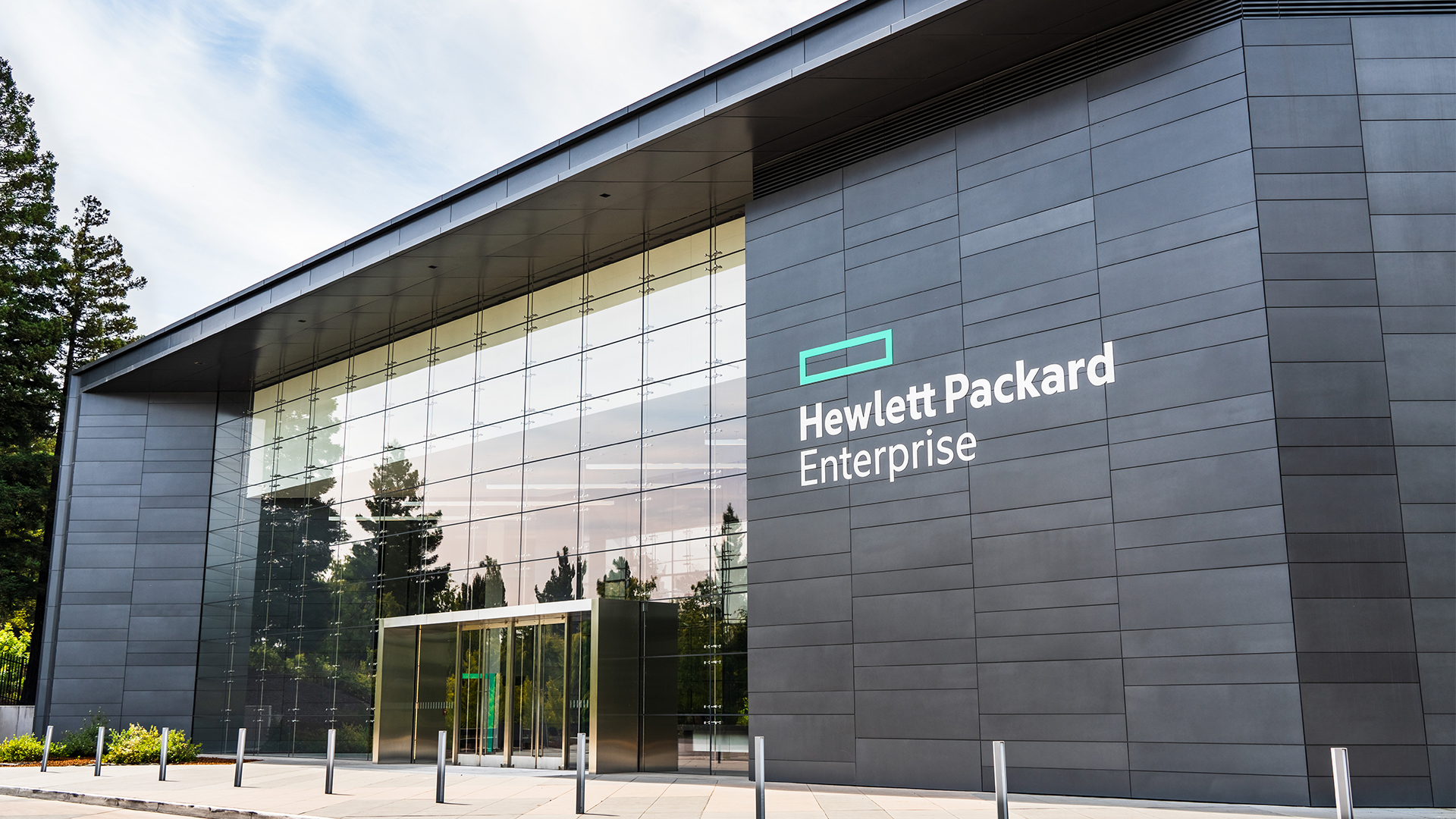 HPE eyes enterprise data sovereignty gains with Aruba Networking Central expansion
HPE eyes enterprise data sovereignty gains with Aruba Networking Central expansionNews HPE has announced a sweeping expansion of its Aruba Networking Central platform, offering users a raft of new features focused on driving security and data sovereignty.
By Ross Kelly
-
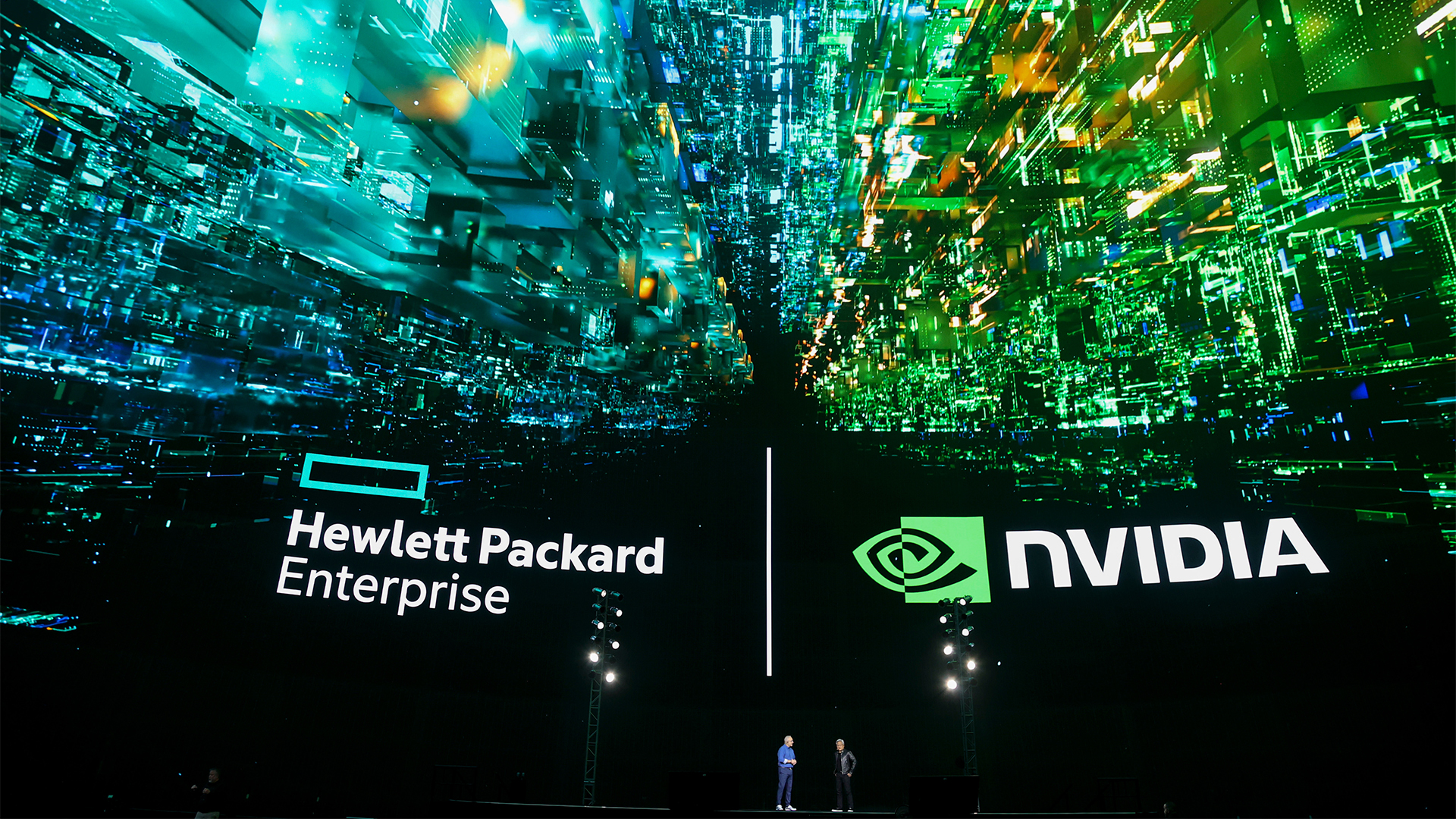 HPE unveils Mod Pod AI ‘data center-in-a-box’ at Nvidia GTC
HPE unveils Mod Pod AI ‘data center-in-a-box’ at Nvidia GTCNews Water-cooled containers will improve access to HPC and AI hardware, the company claimed
By Jane McCallion
-
 ‘Divorced from reality’: HPE slams DOJ over bid to block Juniper deal, claims move will benefit Cisco
‘Divorced from reality’: HPE slams DOJ over bid to block Juniper deal, claims move will benefit CiscoNews HPE has criticized the US Department of Justice's attempt to block its acquisition of Juniper Networks, claiming it will benefit competitors such as Cisco.
By Nicole Kobie
-
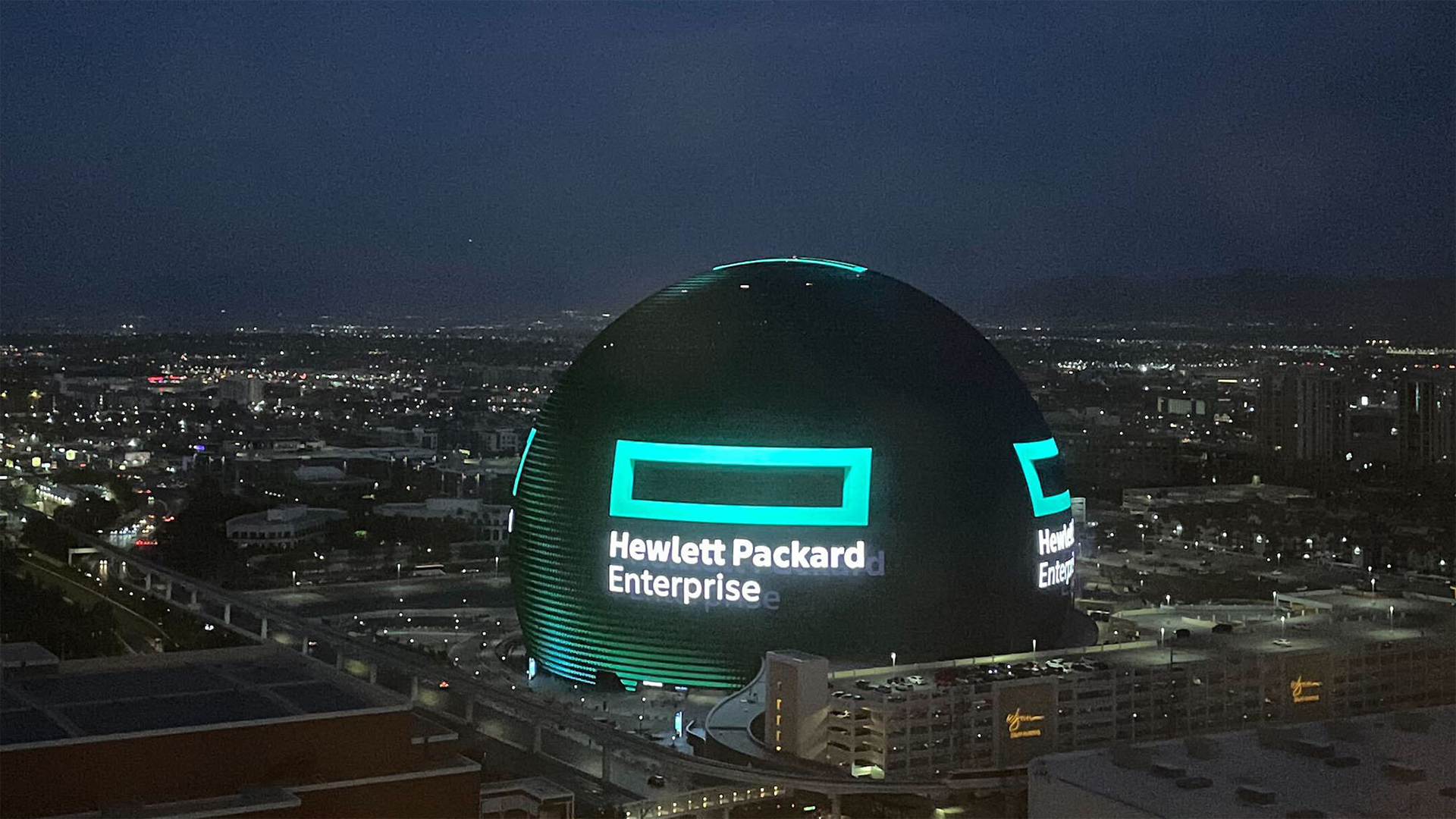 HPE plans to "vigorously defend" Juniper Networks deal as DoJ files suit to block acquisition
HPE plans to "vigorously defend" Juniper Networks deal as DoJ files suit to block acquisitionNews The US Department of Justice (DoJ) has filed a suit against HPE over its proposed acquisition of Juniper Networks, citing competition concerns.
By Nicole Kobie
-
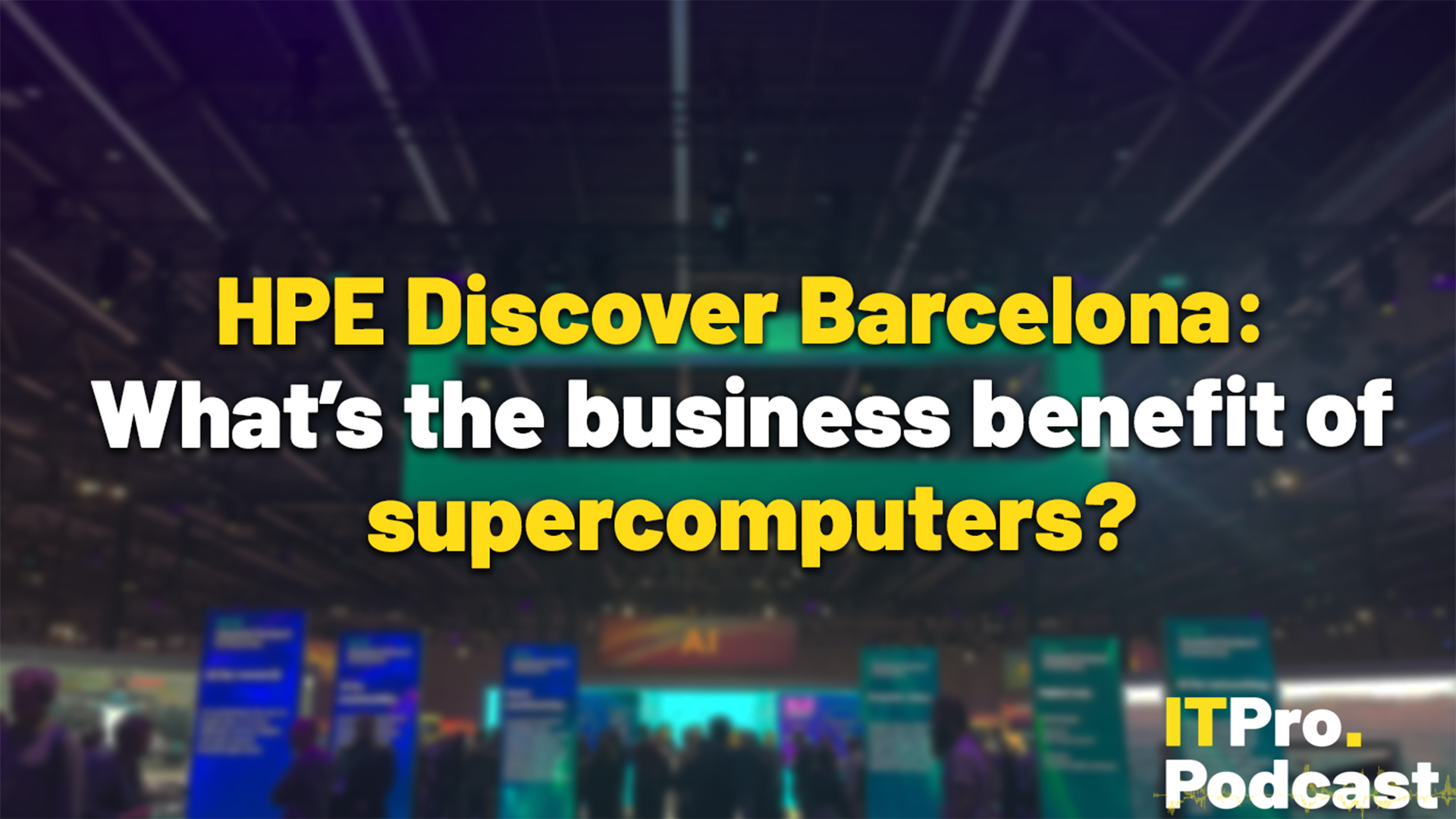 HPE Discover Barcelona: What’s the business benefit of supercomputers?
HPE Discover Barcelona: What’s the business benefit of supercomputers?ITPro Podcast With potential in fields such as AI to scientific modelling, global interest in supercomputers continues to rise
By Jane McCallion
-
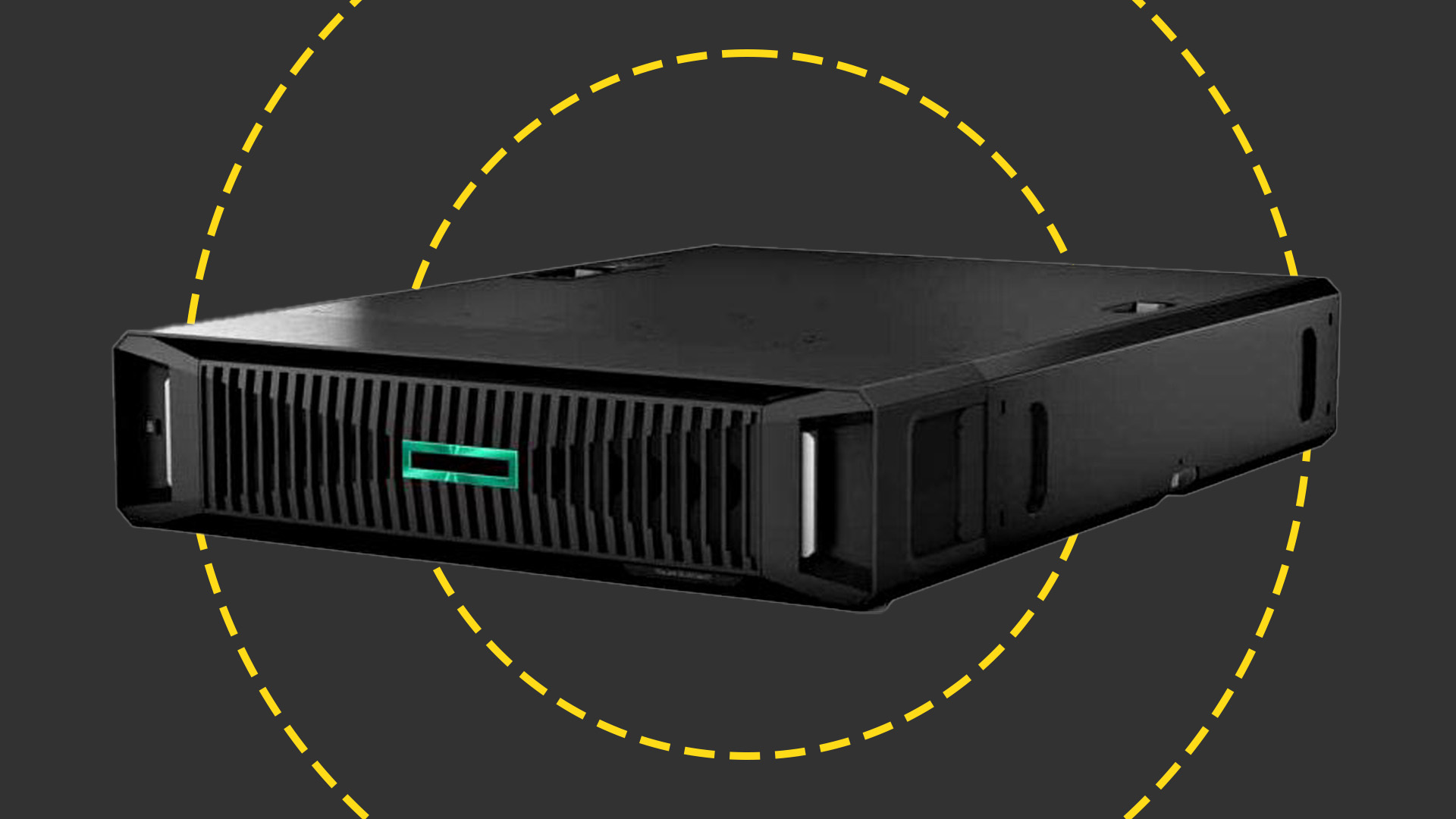 HPE ProLiant DL145 Gen11 review: HPE pushes EPYC power to the network edge
HPE ProLiant DL145 Gen11 review: HPE pushes EPYC power to the network edgeReviews A rugged and very well-designed edge server offering a remarkably high EPYC core count for its size
By Dave Mitchell
-
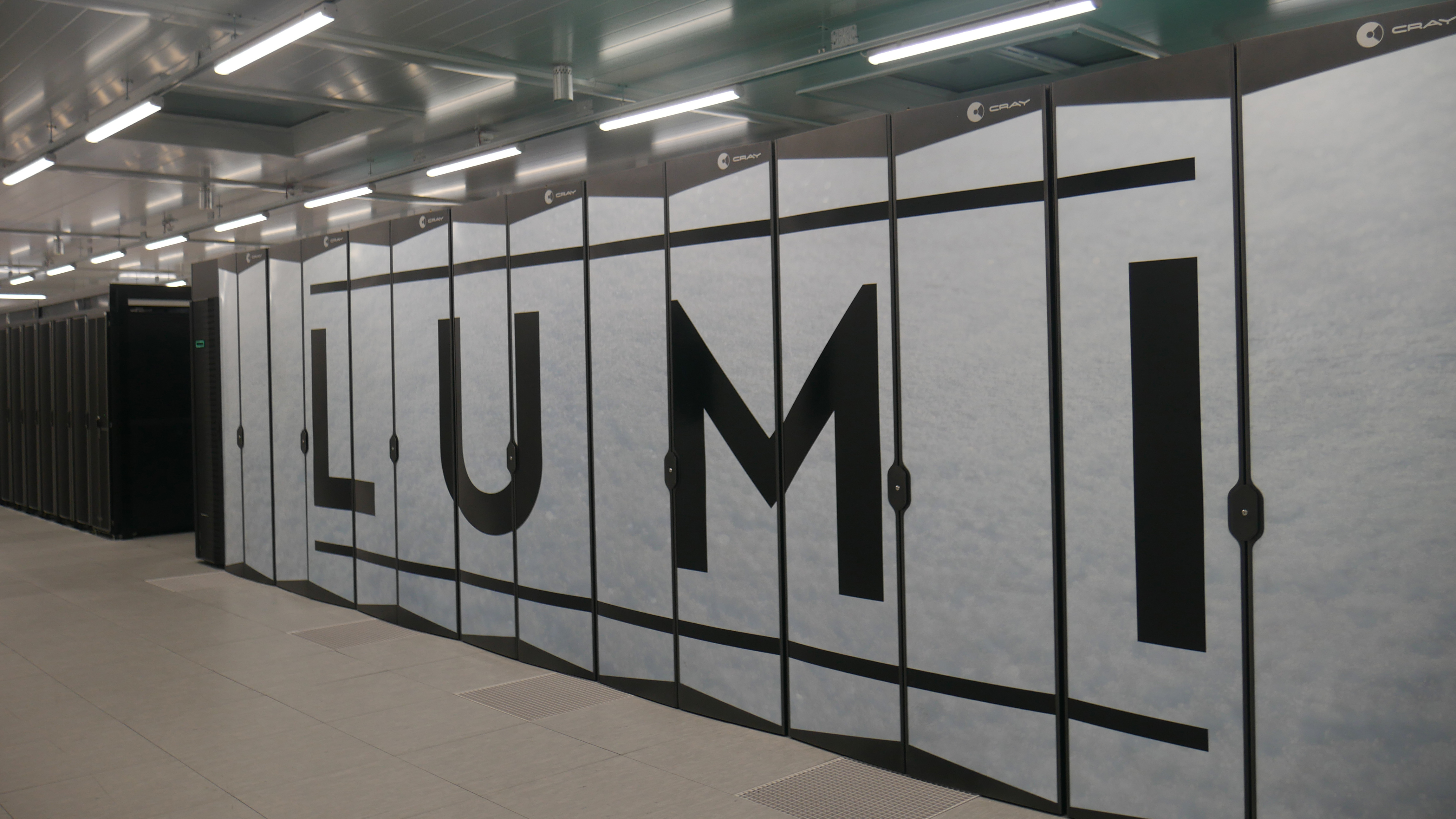 Inside Lumi, one of the world’s greenest supercomputers
Inside Lumi, one of the world’s greenest supercomputersLong read Located less than 200 miles from the Arctic Circle, Europe’s fastest supercomputer gives a glimpse of how we can balance high-intensity workloads and AI with sustainability
By Jane McCallion
-
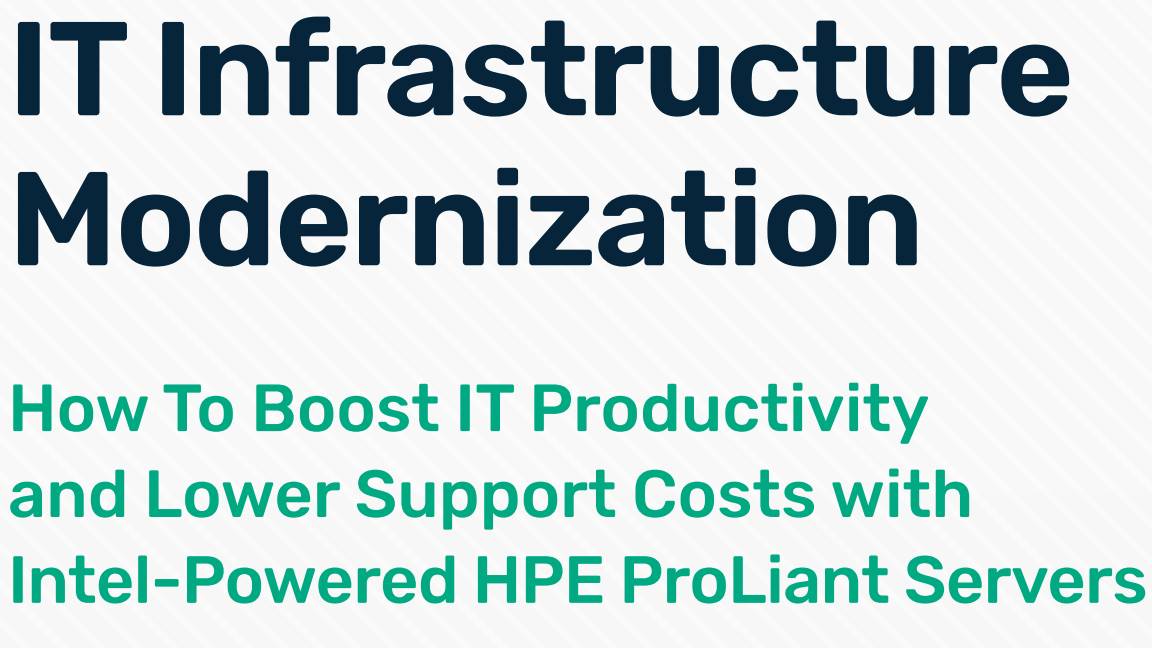 The Gorilla Guide® to... IT infrastructure modernization
The Gorilla Guide® to... IT infrastructure modernizationWhitepaper How to boost IT productivity and lower support costs with Intel-powered HPE Proliant servers
By ITPro